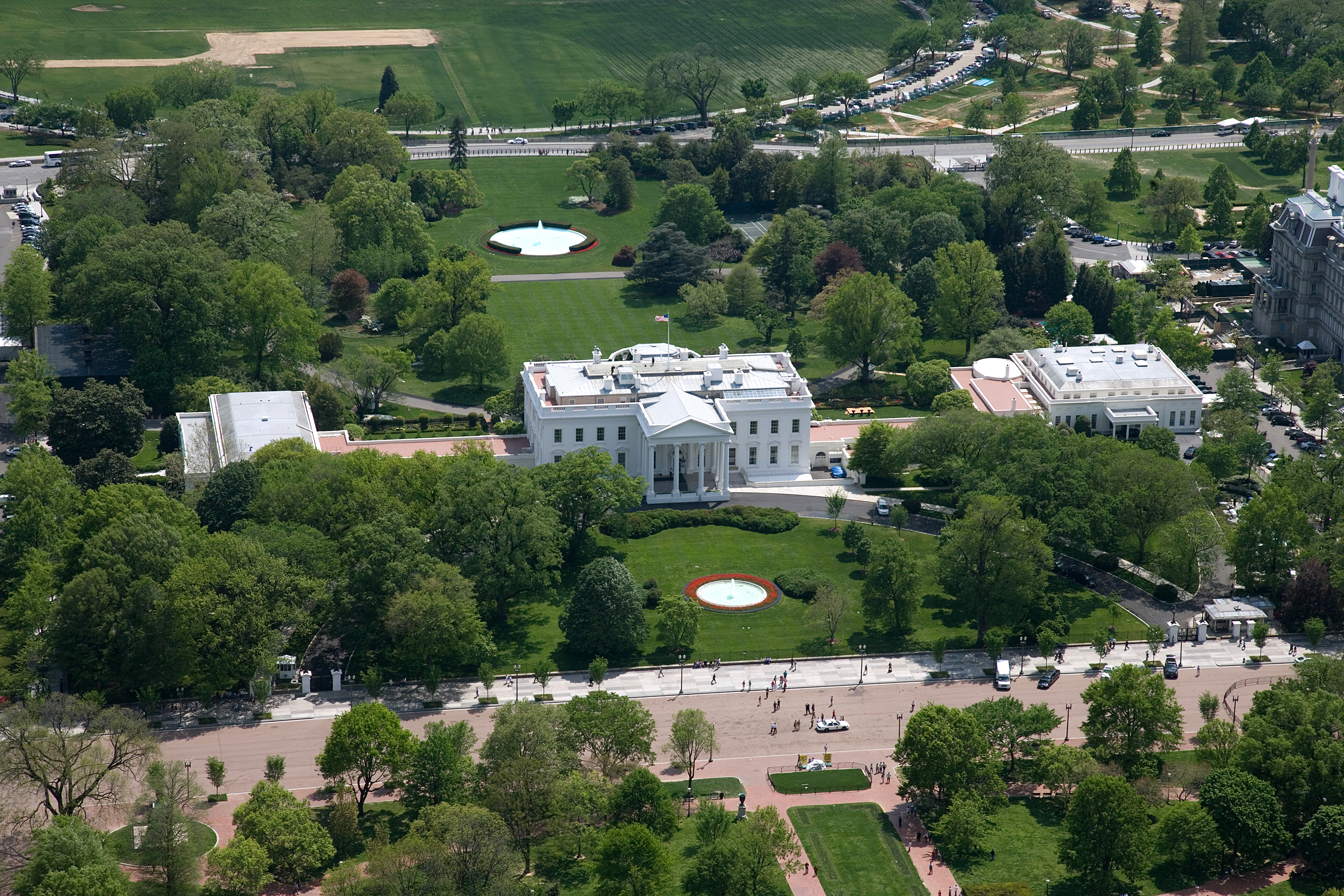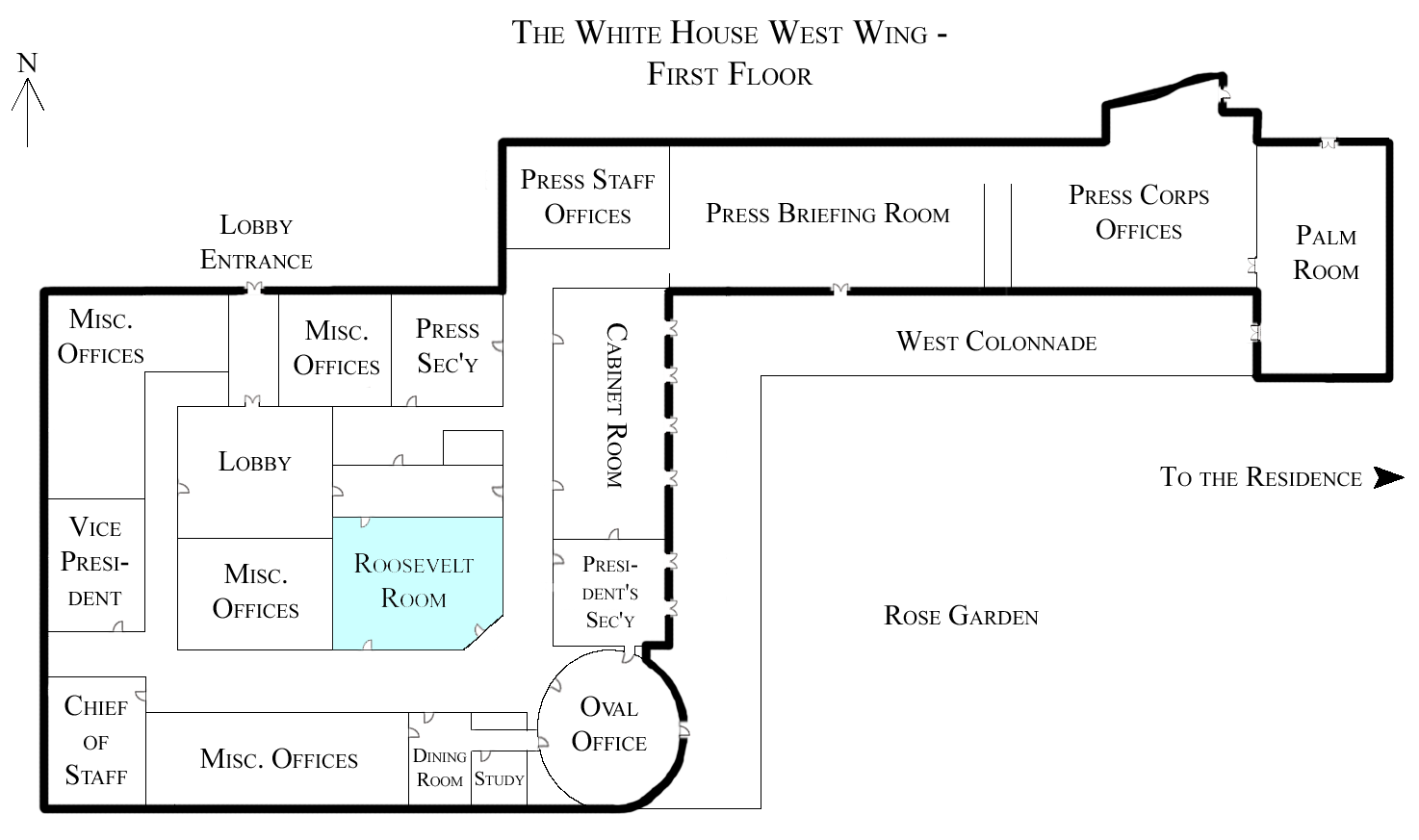|
ISOO
The Information Security Oversight Office (ISOO) is responsible to the President for policy and oversight of the government-wide security classification system and the National Industrial Security Program in the United States. The ISOO is a component of the National Archives and Records Administration (NARA) and receives policy and program guidance from the National Security Council (NSC). History On December 1, 1978, President Jimmy Carter established the Information Security Oversight Office through Executive Order 12065, "National Security Information". ISOO replaced the Interagency Classification Review Committee (ICRC), which had been created by Executive Order 11652 issued by President Richard Nixon in 1972. The ICRC was composed of representatives from the Departments of Defense, Justice and State; the predecessor to the United States Department of Energy, the Atomic Energy Commission, and the CIA. John Eisenhower chaired the ICRC, which met monthly at the White House ... [...More Info...] [...Related Items...] OR: [Wikipedia] [Google] [Baidu] |
Interagency Security Classification Appeals Panel
The Interagency Security Classification Appeals Panel, or "ISCAP", provides the public and users of the classification system with a forum for further review of classification decisions. ISCAP states in order to foster a well-informed public while simultaneously protecting national security interests, checks and balances are needed over the classification system. This requires that some of the work of the U.S. Government be done outside the purview of its citizenry. The ISCAP was created under Executive Order 12958, "Classified National Security Information," when it was signed on April 17, 1995 and held its first meeting in May 1996. Today the ISCAP receives its guidelines from Executive Order 13526 of December 29, 2009, which superseded Executive Order 12958 and its amendments in full on June 25, 2010. [...More Info...] [...Related Items...] OR: [Wikipedia] [Google] [Baidu] |
United States Government Secrecy
The United States government classification system is established under Executive Order 13526, the latest in a long series of executive orders on the topic beginning in 1951. Issued by President Barack Obama in 2009, Executive Order 13526 replaced earlier executive orders on the topic and modified the regulations codified to 32 C.F.R. 2001. It lays out the system of classification, declassification, and handling of national security information generated by the U.S. government and its employees and contractors, as well as information received from other governments. The desired degree of secrecy about such information is known as its sensitivity. Sensitivity is based upon a calculation of the damage to national security that the release of the information would cause. The United States has three levels of classification: Confidential, Secret, and Top Secret. Each level of classification indicates an increasing degree of sensitivity. Thus, if one holds a Top Secret security clear ... [...More Info...] [...Related Items...] OR: [Wikipedia] [Google] [Baidu] |
Classified Information In The United States
The United States government classification system is established under Executive Order 13526, the latest in a long series of executive orders on the topic beginning in 1951. Issued by President Barack Obama in 2009, Executive Order 13526 replaced earlier executive orders on the topic and modified the regulations codified to 32 C.F.R. 2001. It lays out the system of classification, declassification, and handling of national security information generated by the U.S. government and its employees and contractors, as well as information received from other governments. The desired degree of secrecy about such information is known as its sensitivity. Sensitivity is based upon a calculation of the damage to national security that the release of the information would cause. The United States has three levels of classification: Confidential, Secret, and Top Secret. Each level of classification indicates an increasing degree of sensitivity. Thus, if one holds a Top Secret security ... [...More Info...] [...Related Items...] OR: [Wikipedia] [Google] [Baidu] |
Public Interest Declassification Board
The Public Interest Declassification Board (PIDB) is an advisory committee established by the United States Congress with the official mandate of promoting the fullest possible public access to a thorough, accurate, and reliable documentary record of significant U.S. national security decisions and activities. The Board is composed of nine individuals: five appointed by the President of the United States and one each appointed by the Speaker of the House, House Minority Leader, Senate Majority Leader, and Senate Minority Leader. Appointees must be U.S. citizens preeminent in the fields of history, national security, foreign policy, intelligence policy, social science, law, or archives. Established by the Public Interest Declassification Act of 2000 (Title VII of P.L. 106–567, 114 Stat. 2856), the board advises the President of the United States regarding issues pertaining to national classification and declassification policy. Section 1102 of the Intelligence Reform and Terro ... [...More Info...] [...Related Items...] OR: [Wikipedia] [Google] [Baidu] |
Controlled Unclassified Information
Controlled Unclassified Information (CUI) is a category of unclassified information within the U.S. Federal government. The CUI program was created by President Obama’s Executive Order 13556 to create a streamlined method for information sharing and safeguarding. The Information Security Oversight Office (ISOO) acts as the Executive Agent (EA) of the National Archives and Records Administration (NARA), and is responsible for oversight of the CUI program. The ISOO monitors the implementation of the CUI program by executive branch agencies. CUI will replace agency specific labels such as For Official Use Only (FOUO), Sensitive But Unclassified (SBU), and Law Enforcement Sensitive (LES) on new data and some data with legacy labels will also qualify as Controlled Unclassified Information. History A Presidential memorandum of May 9, 2008, signed by President George W. Bush, assigned responsibility to the National Archives (NARA) for overseeing and managing the implementation o ... [...More Info...] [...Related Items...] OR: [Wikipedia] [Google] [Baidu] |
National Industrial Security Program
The National Industrial Security Program, or NISP, is the nominal authority in the United States for managing the needs of private industry to access classified information. The NISP was established in 1993 by Executive Order 12829. The National Security Council nominally sets policy for the NISP, while the Director of the Information Security Oversight Office is nominally the authority for implementation. Under the ISOO, the Secretary of Defense is nominally the Executive Agent, but the NISP recognizes four different Cognizant Security Agencies, all of which have equal authority: the Department of Defense, the Department of Energy, the Central Intelligence Agency, and the Nuclear Regulatory Commission. Defense Counterintelligence and Security Agency administers the NISP on behalf of the Department of Defense and 34 other federal agencies. NISP Operating Manual (DoD 5220.22-M) A major component of the NISP is the NISP Operating Manual, also called NISPOM, or DoD 5220.22-M. T ... [...More Info...] [...Related Items...] OR: [Wikipedia] [Google] [Baidu] |
Mike Blouin
Michael Thomas Blouin (born November 7, 1945), American politician, was a Democratic member of the United States House of Representatives from 1975 to 1979, representing Iowa's 2nd congressional district. He was a candidate in the 2006 race for Governor of Iowa but lost in the primary to Chet Culver. Political career Blouin was born on a Naval Air Base in Jacksonville, Florida, and attended school in Miami Shores, Florida, and Chicago, Illinois. In 1966 he received a B.A. in political science from Loras College in Dubuque, Iowa. He remained in Dubuque to teach elementary school. Two years later, he won a seat in the Iowa House of Representatives, where he served from 1969 to 1973. Blouin then won election to the Iowa Senate, serving from 1973 to 1974. In 1974 Blouin ran for the U.S. House seat in the Second District being vacated by fellow Democrat John C. Culver, who was running for the U.S. Senate seat being vacated by Harold Hughes. Blouin defeated Republican Tom Riley, an ... [...More Info...] [...Related Items...] OR: [Wikipedia] [Google] [Baidu] |
White House
The White House is the official residence and workplace of the president of the United States. It is located at 1600 Pennsylvania Avenue Northwest, Washington, D.C., NW in Washington, D.C., and has been the residence of every U.S. president since John Adams in 1800. The term "White House" is often used as a metonym for the Executive Office of the President of the United States, president and his advisers. The residence was designed by Irish-born architect James Hoban in the Neoclassical architecture, neoclassical style. Hoban modelled the building on Leinster House in Dublin, a building which today houses the Oireachtas, the Irish legislature. Construction took place between 1792 and 1800, using Aquia Creek sandstone painted white. When Thomas Jefferson moved into the house in 1801, he (with architect Benjamin Henry Latrobe) added low colonnades on each wing that concealed stables and storage. In 1814, during the War of 1812, the mansion was set ablaze by British forces in ... [...More Info...] [...Related Items...] OR: [Wikipedia] [Google] [Baidu] |
Title 32 Of The Code Of Federal Regulations
CFR Title 32 – National Defense is one of 50 titles composing the United States Code of Federal Regulations (CFR). Title 32 is the principal set of rules and regulations issued by federal agencies of the United States Legislative definitions of a federal agency are varied, and even contradictory. The official ''United States Government Manual'' offers no definition. While the Administrative Procedure Act definition of "agency" applies to most executive branch ... regarding national defense. It is available in digital and printed form and can be referenced online using thElectronic Code of Federal Regulations(e-CFR). Structure The table of contents, as reflected in the e-CFR updated February 28, 2014, is as follows: References Code of Federal Regulations {{US-law-stub ... [...More Info...] [...Related Items...] OR: [Wikipedia] [Google] [Baidu] |
National Security Advisor (United States)
The Assistant to the President for National Security Affairs (APNSA), commonly referred to as the National Security Advisor (NSA),The National Security Advisor and Staff: p. 1. is a senior aide in the Executive Office of the President, based at the West Wing of the White House. The National Security Advisor serves as the principal advisor to the President of the United States on all national security issues. The National Security Advisor is appointed by the President and does not require confirmation by the United States Senate. An appointment of a three- or four-star General to the role requires Senate confirmation to maintain that rank in the new position. The National Security Advisor participates in meetings of the National Security Council (NSC) and usually chairs meetings of the Principals Committee of the NSC with the Secretary of State and Secretary of Defense (those meetings not attended by the President). The NSA also sits on the Homeland Security Council (HSC).The ... [...More Info...] [...Related Items...] OR: [Wikipedia] [Google] [Baidu] |
Roosevelt Room
The Roosevelt Room is a meeting room in the West Wing of the White House, the home and main workplace of the president of the United States. Located in the center of the wing, near the Oval Office, it is named after two related U.S. presidents, Theodore Roosevelt and Franklin D. Roosevelt, who contributed to the wing's design. Construction and modifications Theodore Roosevelt hired architect Charles Follen McKim of McKim, Mead & White architectural firm to reorganize the layout and use of the White House. This included constructing the West Wing in 1902 and moving executive offices out of the central White House. The original structure, some of which is still extant in the present West Wing, was originally intended to be temporary. With some modifications by William Howard Taft the West Wing remained largely unchanged until a fire on December 24, 1929 during the administration of Herbert Hoover. Because of the recent stock market crash, Hoover chose only to repair rather than e ... [...More Info...] [...Related Items...] OR: [Wikipedia] [Google] [Baidu] |
Archivist Of The United States
The Archivist of the United States is the head and chief administrator of the National Archives and Records Administration (NARA) of the United States. The Archivist is responsible for the supervision and direction of the National Archives. The first Archivist, R.D.W. Connor, began serving in 1934, when the National Archives was established as an independent federal agency by Congress. The Archivists served as subordinate officials of the General Services Administration from 1949 until the National Archives and Records Administration became an independent agency again on April 1, 1985. The position was most recently held by David Ferriero, who left office on April 30, 2022. President Joe Biden has named Colleen Joy Shogan as Archivist. Her nomination is currently pending before the Senate. Background The Archivist is appointed by the President with the advice and consent of the Senate and is responsible for safeguarding and making available for study all the permanently v ... [...More Info...] [...Related Items...] OR: [Wikipedia] [Google] [Baidu] |



.jpg)

